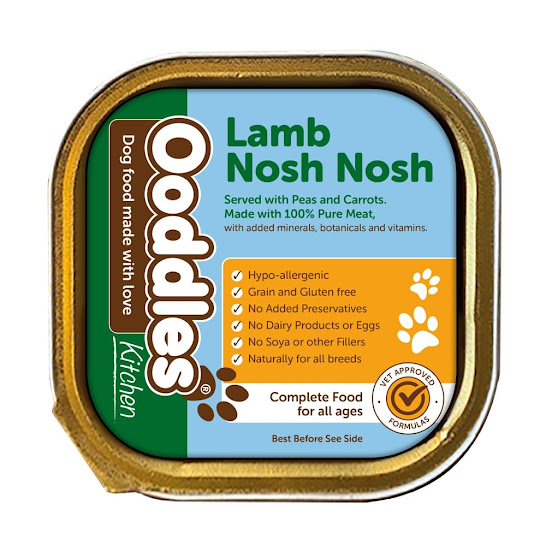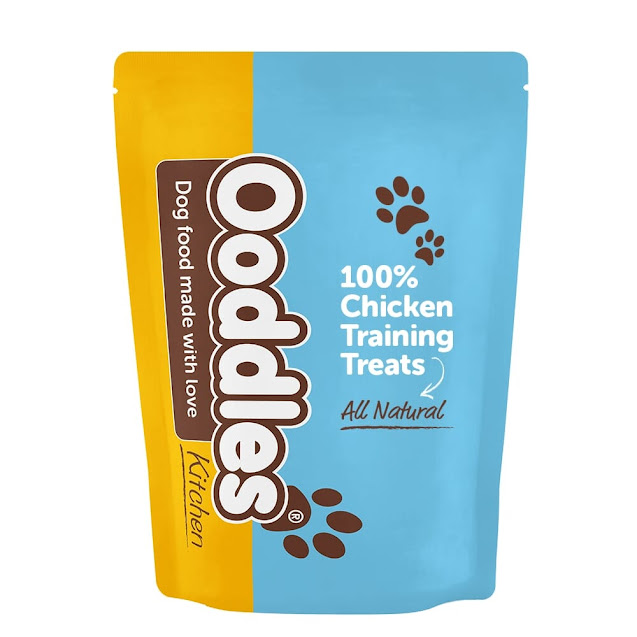Raw Dog Food: Dietary Concerns, Benefits : Ooddles Kitchen
Are raw food diets for dogs an ideal meal plan or a dangerous fad? Experts weigh in.
Raw dog food diets are controversial. But the popularity of diets -- which emphasize raw meat, bones, fruits, and vegetables -- is rising.
Racing greyhounds and sled dogs have long eaten raw food diets. Extending those feeding practices to the family pet is a more recent idea, proposed in 1993 by Australian veterinarian Ian Billinghurst. He called his feeding suggestions the BARF diet, an acronym that stands for Bones and Raw Food, or Biologically Appropriate Raw Food.
Billinghurst suggested that adult dogs would thrive on an evolutionary diet based on what canines ate before they became domesticated: Raw, meaty bones and vegetable scraps. Grain-based commercial pet foods, he contended, were harmful to a dog’s health.
Many mainstream veterinarians disagree, as does the FDA. The risks of raw diets have been documented in several studies published in veterinary journals.
Potential benefits of the raw dog food diet that supporters tout include:
- Shinier coats
- Healthier skin
- Cleaner teeth
- Higher energy levels
- Smaller stools
Since Billinghurst’s book, Give Your Dog a Bone, was published, several other types of raw dog food diets have emerged, including commercially processed raw food diets that are frozen or freeze-dried and combination diets that use blends of grains, vegetables, and vitamins that are mixed with raw meat purchased by the owner at the grocery store.
Raw dog food recipes and meal suggestions are readily found online and in books. Interest from pet owners continues to grow, with the widespread recall of melamine-contaminated pet food in 2007 bringing in new followers.
Raw dog food diet: What it is
A raw dog food diet typically consists of:
- Muscle meat, often still on the bone
- Bones, either whole or ground
- Organ meats such as livers and kidneys
- Raw eggs
- Vegetables like broccoli, spinach, and celery
- Apples or other fruit
- Some dairy, such as yogurt
“For most animals, it’s more beneficial than processed foods,” says Doug Knueven, DVM, of the Beaver Animal Clinic in Beaver, Pa.
Knueven specializes in holistic medicine and also consults for Nature’s Variety, a Lincoln, Neb.-based manufacturer of frozen raw food diets as well as cooked dry and canned foods.
Barbara Benjamin-Creel of Marietta started giving raw food to her three dogs after Scooter, a German Shepherd, was diagnosed with cancer. The diet change came too late to help Scooter, she says, but the other dogs are thriving after two years on raw dog food. The 11-year-old dogs seem more energetic, and one with chronic digestive problems tolerates the raw diet better.
“The change in the coat was pretty immediate,” Benjamin-Creel says. “Also, their breath was much better.”
Benjamin-Creel makes the food herself, giving yogurt in the morning and raw ground pork, turkey, or beef mixed with some rice in the evening. To cut costs, she stocks up on ground meat when it’s on sale. “It’s not cheap,” she says, “but I think we’ve avoided a lot of old-age issues.”



Comments
Post a Comment